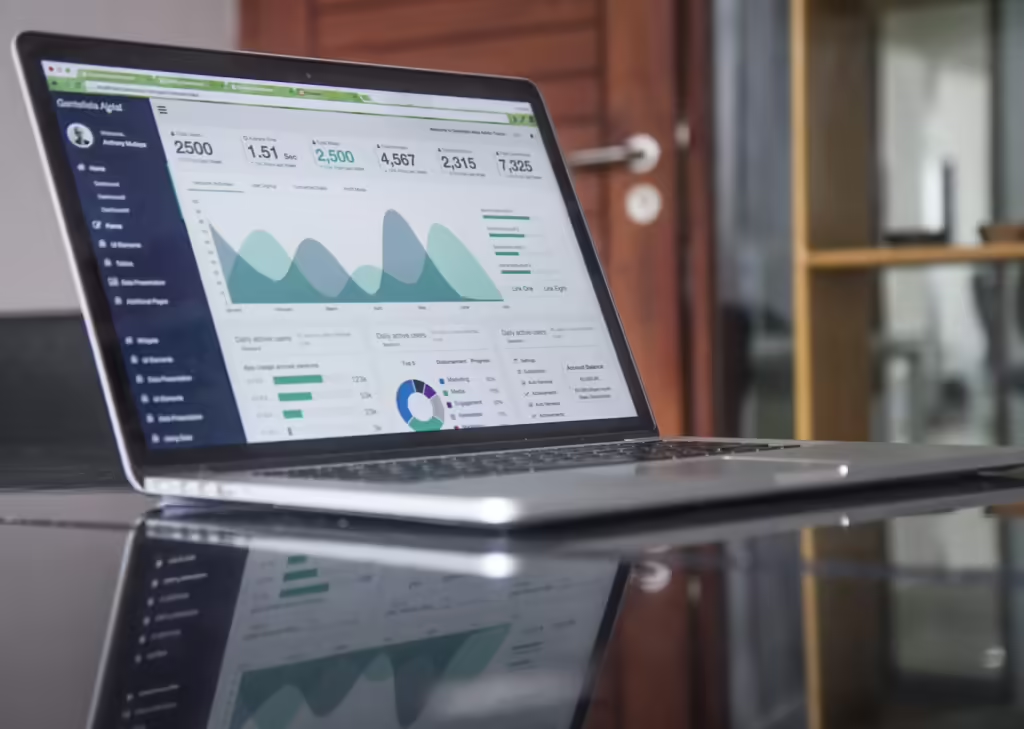4 Security Measures Payment Gateways Implement

Online shopping and other digital payments are something that we all take for granted – without spending too much time fretting about security. This confidence is down to the levels of security that protect us at each stage of the process.
Payment gateways are one of the stages that each payment passes through. Effectively, they act as the bridge between the customer and the merchant. Security is of paramount importance at this point in the process. One of the reasons that we shop online with confidence is the success of payment gateways in protecting our information.
Let’s take a look at four of the major key security measures that payment gateways implement.
1. Data Encryption
Securely managing your online payments is a must for businesses. Choosing a payment gateway that has robust security in place should be a priority. All good payment gateways will have strong encryption in place as a foundational part of their security package.
Encryption is the first line of defense, this ensures that all data that goes through the “gateway” is unreadable. Buying online means sensitive data has to be exchanged between the involved parties, this includes information like credit card numbers and card verification values.
Payment gateways typically rely on the Advanced Encryption Standard (AES) with a 256-bit key to ensure that data is passed safely during each transaction.
2. Tokenization
The easiest way to understand tokenization is to consider an example of how it works. To keep it relevant let’s look at how tokenization can help to keep an online credit card transaction secure.
The process works like this:
- A customer enters their credit card number to pay for an online transaction. At this point, the payment gateway sends this information to a secure tokenization system.
- The system replaces the credit card number with a unique token that is used to represent the card. This is a randomly generated token that cannot be reverse-engineered to reveal the true card details. The original card details are securely stored in the token systems data vault.
- Once the token is generated and passed back to the payment gateway, it can be used in place of the card to authorize the transaction. This means that the actual card details are never exposed during the transaction process.
This is a simplified account of how tokenization works, the point of the system is to allow transactions to take place without exposing the card details. Another plus is that once a token is generated it can be used to make future purchases without the card details being re-entered.
3. Physical Security Systems
It is easy to forget that in the digital age, data is often breached physically. A UK-based insurance company compiled a report that found that 10% of all data breaches were physical. This means that as well as robust cybersecurity, payment gateway providers should also have strong physical security systems in place. Typically, these will include elements like:
- Security Cameras: Modern business video surveillance, such as a PTZ security camera system, that utilize cloud computing, remote access, and AI are essential to ensure premises and data are protected.
- Access Control Systems: State-of-the-art access control systems can integrate with modern business video surveillance setups for enhanced data security.
There is no doubt that the realm of digital security is of critical importance, but physical security should not be sacrificed at its expense. Advanced surveillance and access systems have a crucial role to play in protecting data.
4. Secure Socket Layer (SSL)
Secure Socket Layer plays a significant role in protecting a business from financial crime. They work by ensuring the security and privacy of data that is passed between the user’s browser and the web server.
Unlike the other measures we have discussed, users can have a direct impact on SSL security. Any reputable and safe website will use SSL and this can be easily verified by checking the web address. The presence of an SSL will be indicated by a locked padlock icon next to the web address. The address should also be preceded by HTTPS.
The absence of this icon and an address that uses HTTP are enough warning flags to warrant abandoning a transaction.
From Physical to Cyber: 4 Key Reasons You Can Shop Online With Confidence
The levels of mistrust that dogged the early days of online shopping are largely forgotten. Much of this change can be attributed to the robust and wide-ranging security measures that protect your transaction at each stage of the process.
While payment gateways rightfully focus a lot of resources on cybersecurity, the importance of physical security measures cannot be overlooked. Instead, cybersecurity and physical security measures should be integrated into a robust security suite that continues to allow us to shop online with confidence.





